Dealing with a persistent cough accompanied by excessive mucus? It might be more than just a passing ailment. And sometimes if this type of continuous cough stays longer then it can transform into many severe diseases such as bronchiectasis, this is a chronic lung disease that could be behind your persistent respiratory struggles. Explore the complexities of this condition to understand its causes, symptoms, and potential approaches for effective bronchiectasis treatment. Empower yourself with knowledge to better navigate the challenges posed by bronchiectasis and take proactive steps towards improving your respiratory health.
Major Factors of Bronchiectasis
What Is Bronchiectasis?
Bronchiectasis is a long-term lung ailment marked by the permanent expansion of airways, causing the buildup of mucus. This continual widening weakens the bronchial walls, impeding efficient mucus removal and promoting frequent infections. Typical signs encompass a persistent cough, excessive phlegm, and respiratory discomfort. Getting the proper understanding of bronchiectasis is vital for timely identification and successful control, providing individuals with the means to navigate this respiratory obstacle and improve their overall quality of life.
Common Causes Of Bronchiectasis
Many persons with bronchiectasis suffer lung damage. These are most often caused by cystic fibrosis, a hereditary lung and organ condition. Nearly half of bronchiectasis patients have CF.
- Infections: Recurrent respiratory infections can damage airways, leading to bronchiectasis.
- Cystic Fibrosis: This genetic condition thickens mucus, increasing the risk of bronchiectasis.
- Immune System Issues: Conditions like rheumatoid arthritis can contribute to lung damage.
- Inhaled Objects: Aspirating foreign objects may cause persistent lung irritation.
- Autoimmune Diseases: Conditions where the immune system attacks healthy tissues can impact airways.
- Allergies: Chronic allergic reactions may contribute to lung inflammation and bronchiectasis.
- Inflammatory Lung Diseases: Conditions like tuberculosis can result in lasting lung damage.
Early Symptoms Of Bronchiectasis
Bronchiectasis often shows up with a persistent cough that produces a lot of mucus.
Other symptoms include:
- Chronic Cough: A lingering cough that persists beyond typical respiratory illnesses.
- Excessive Mucus Production: Notable increase in phlegm, often thick and difficult to clear.
- Shortness of Breath: Difficulty breathing, particularly during physical activities.
- Fatigue: Persistent tiredness and diminished energy levels.
- Wheezing: Audible high-pitched or whistling sounds during breathing.
- Recurrent Infections: Frequent respiratory infections or worsening symptoms.
- Chest Discomfort: Unpleasant sensations or pain in the chest area.
If you’re experiencing early symptoms, it’s advisable to seek guidance from a pulmonologist for bronchiectasis treatment in UAE.
Early Diagnosis Of Bronchiectasis
Early detection of bronchiectasis is crucial: initiating treatment sooner allows for the improvement of symptoms and helps prevent further lung damage.
- Clinical Evaluation: Comprehensive medical history, physical exam, and symptom assessment are needed to diagnose.
- Imaging Studies: High-resolution CT scans are crucial for visualizing airway abnormalities and confirming bronchiectasis.
- Pulmonary Function Tests: Assessing lung function helps gauge the impact of bronchiectasis on respiratory capabilities.
- Sputum Cultures: Identifying the presence of specific bacteria aids in tailoring targeted treatment approaches.
- Blood Tests: Laboratory tests may reveal underlying causes, contributing to a comprehensive diagnostic picture.
- Bronchoscopy: Direct visualization of airways through a flexible tube assists in confirming the diagnosis and assessing airway health.
Bronchiectasis Treatment Options
Without proper bronchiectasis treatment, bronchiectasis can not only disturb a person’s quality of life, but in some cases, it can cause complications like respiratory failure.

- Inhaled Anti-Inflammatory Medications: Administered through a nebulizer, these medications reduce mucus production, easing breathing for bronchiectasis patients.
- Oral Antibiotics: Prescribed to treat infections and manage flare-ups, some antibiotics also possess anti-inflammatory properties, addressing both bacterial growth and airway inflammation.
- Therapy Vest (High-Frequency Chest-Wall Oscillation): A wearable device using pulsed air vibrations to release mucus from airway walls, enhancing its expulsion through coughing.
- Flutter Valve: Handheld positive pressure device creating airway vibrations, aiding in mucus loosening for easier removal.
- Postural Techniques and Chest Physical Therapy: Respiratory therapists guide patients and caregivers in body positioning and clapping techniques to facilitate mucus drainage.
- Pulmonary Rehabilitation: Exercise and education programs to enhance lung function and overall health for individuals with bronchiectasis.
- Oxygen Therapy: Administered when oxygen levels are insufficient, ensuring the body’s oxygen needs are met.
- Surgery: Reserved for specific cases, it involves the removal of damaged lung tissue, potentially beneficial for individuals with severe symptoms or excessive lung bleeding.
Seeking care from experienced best doctors for bronchiectasis in UAE, is the best choice to avoid this condition.

